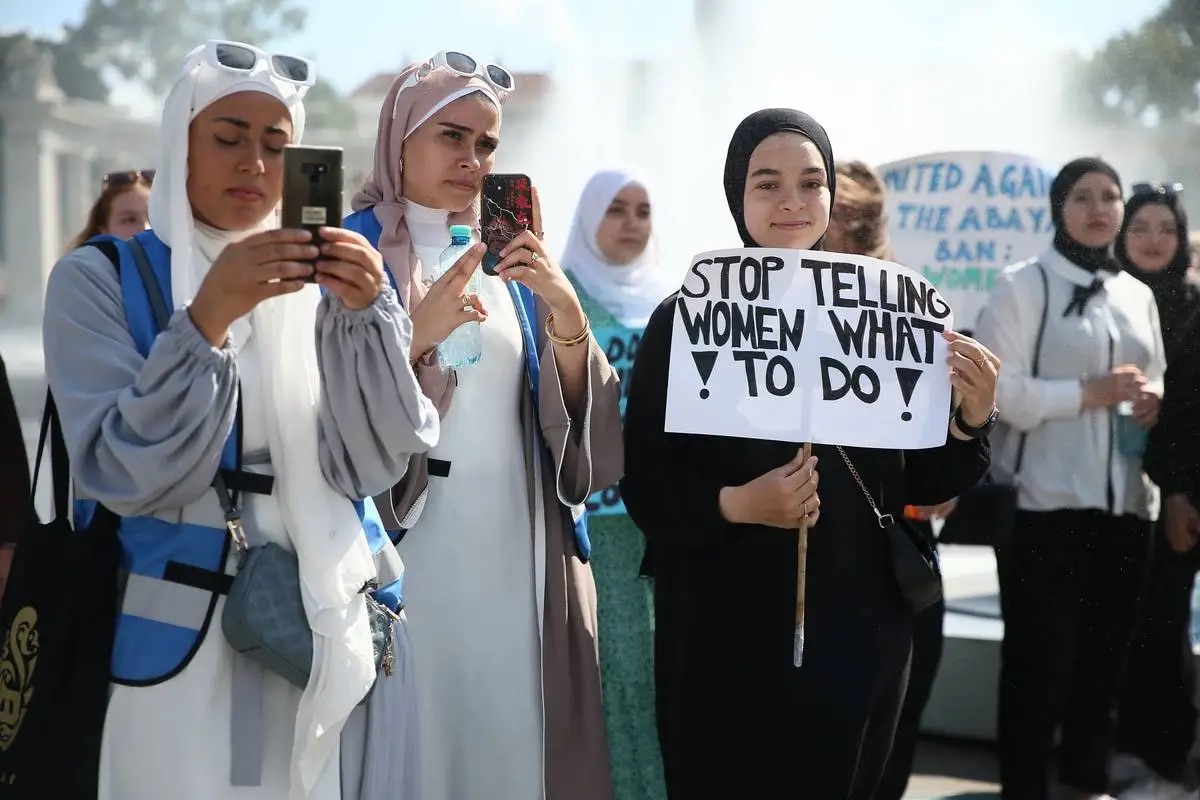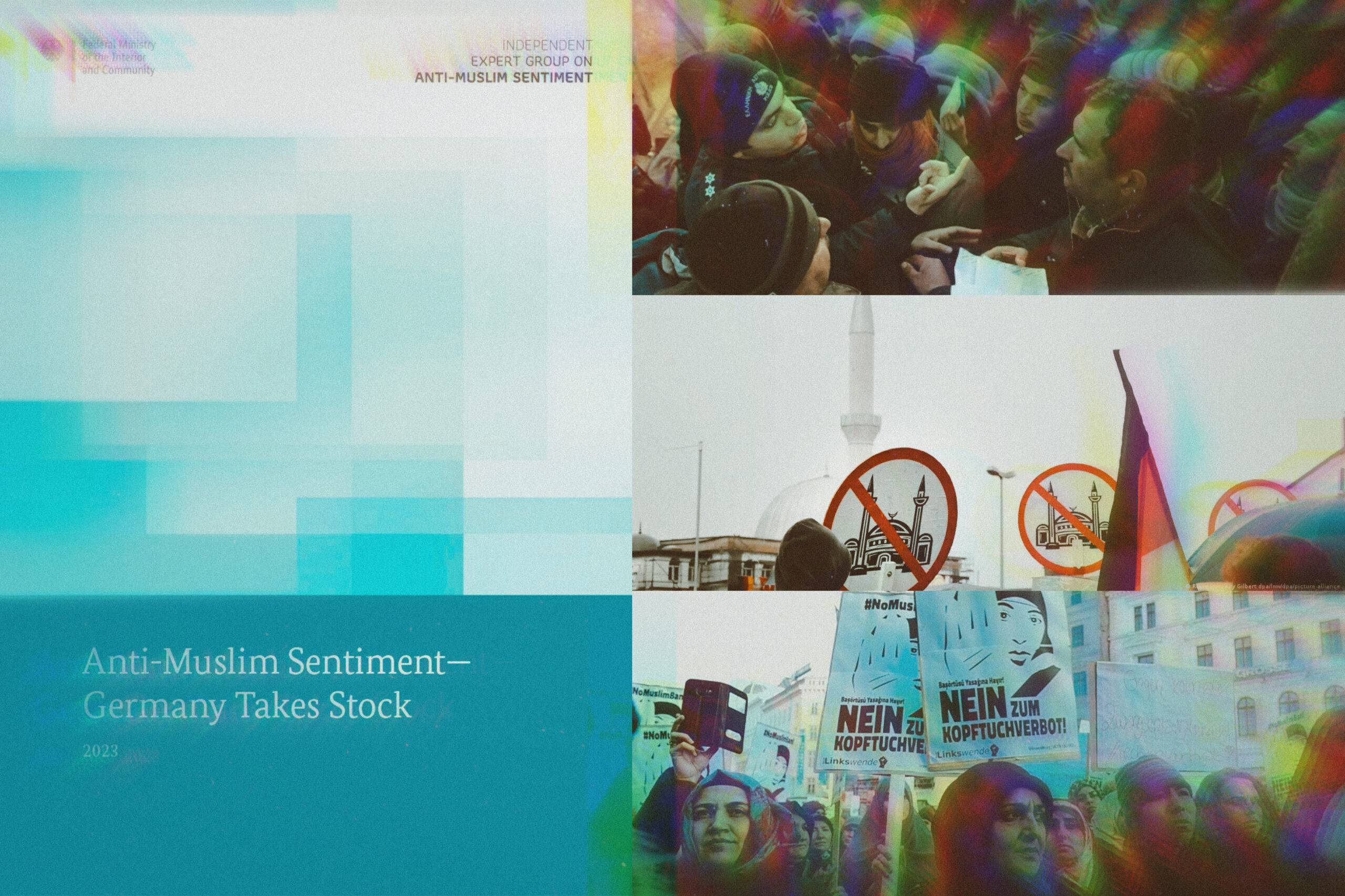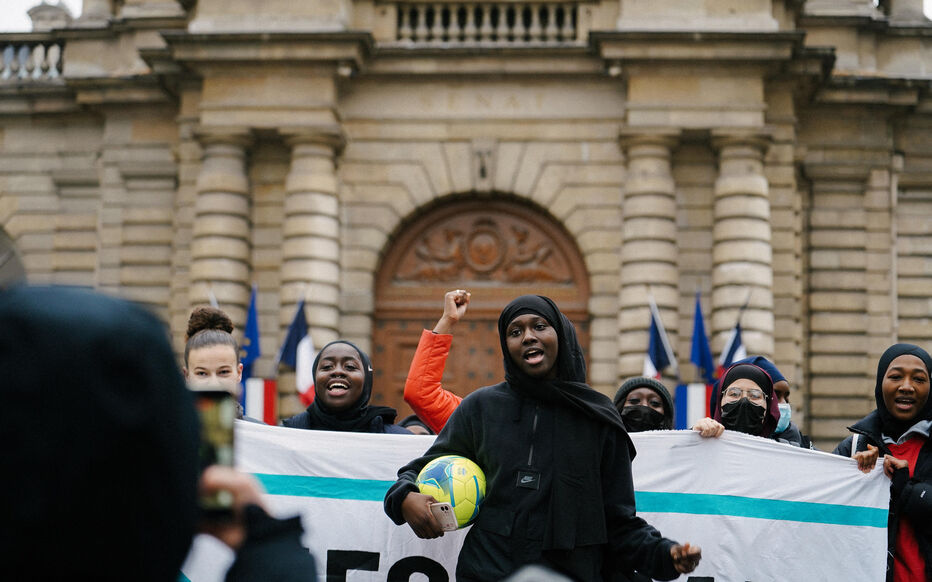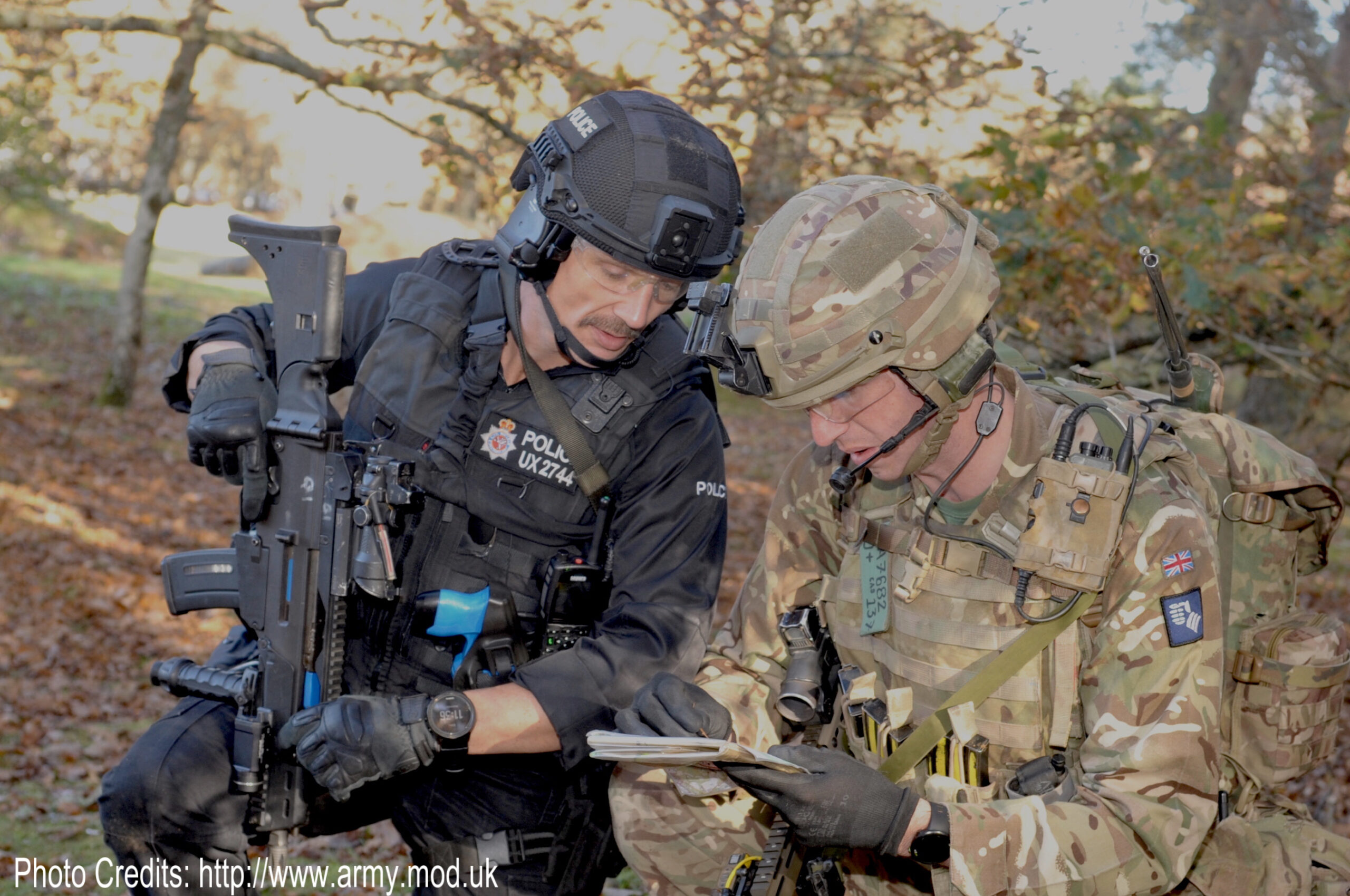October 11, 2013
Marie Arana is the author of the memoir “American Chica” and the biography “Bolivar: American Liberator.” She was also a scriptwriter for the recently released film about education in the Third World, “Girl Rising.”
Malala tells of that life-shattering moment in a riveting memoir, “I Am Malala,” published this past week even as she was being cited as a possible candidate for the Nobel Peace Prize. Co-written with Christina Lamb, a veteran British journalist who has an evident passion for Pakistan and can render its complicated history with pristine clarity, this is a book that should be read not only for its vivid drama but for its urgent message about the untapped power of girls.
The story begins with Malala’s father, Ziauddin Yousafzai, the son of an imam (a preacher of Islam), who was instilled from boyhood with a deep love of learning, an unwavering sense of justice and a commitment to speak out in defense of both. Like Mohammad Ali Jinnah, the founder of Pakistan, Ziauddin was convinced that aside from the sword and the pen, there is an even greater power — that of women — and so, when his firstborn turned out to be a bright, inquisitive daughter, he raised her with all the attention he lavished on his sons.
Malala was born in 1997, as her father was struggling to found his school against a sea of troubles: a deeply corrupt government official to whom he refused to pay bribes; a mufti who lived across the way and objected to the education of girls, a practice he denounced as haram, or offensive to Islam; and the vicissitudes of a fierce jihad, visited upon them from time to time in Taliban raids that evolved from harsh rhetoric to outright killings. By the time Malala was 10 and the top student in her father’s surprisingly flourishing school, radical Talibs had penetrated the valley all the way to the capital of Islamabad and were beheading Pakistani police, holding their severed heads high on the roadsides.
We know how this story ends, with a 15-year-old child taking a bullet for a whole generation. It is difficult to imagine a chronicle of a war more moving, apart from perhaps the diary of Anne Frank. With the essential difference that we lost that girl, and by some miracle, we still have this one. Disfigured beyond recognition by her assailant’s gun, Malala was rushed to Peshawar, then Rawalpindi and finally to Birmingham, England, where doctors reconstructed her damaged skull and knit back the shattered face. But her smile would never be quite the same.
Washington Post: http://www.washingtonpost.com/opinions/book-review-i-am-malala-by-malala-yousafzai/2013/10/11/530ba90a-329a-11e3-9c68-1cf643210300_story.html






